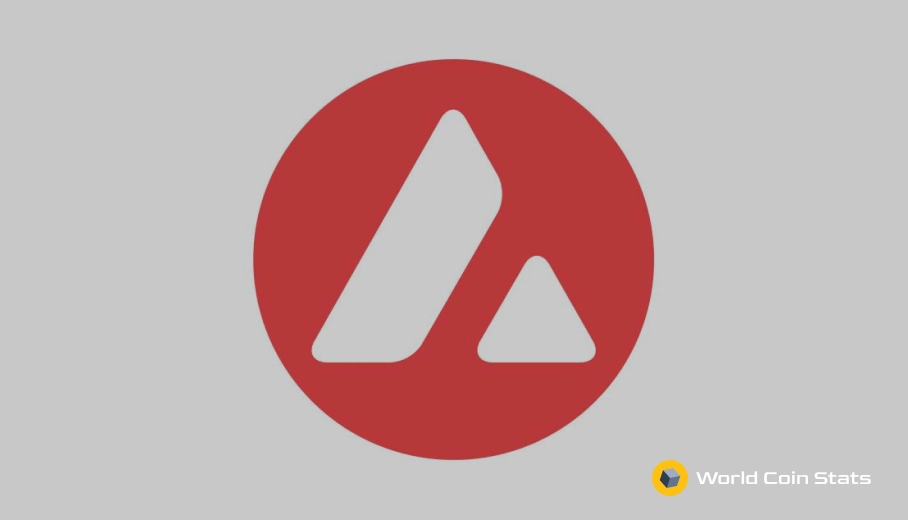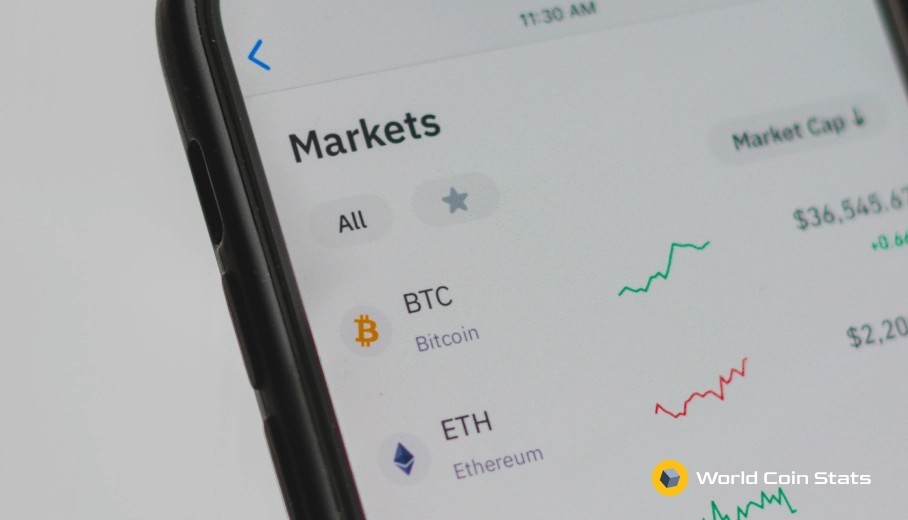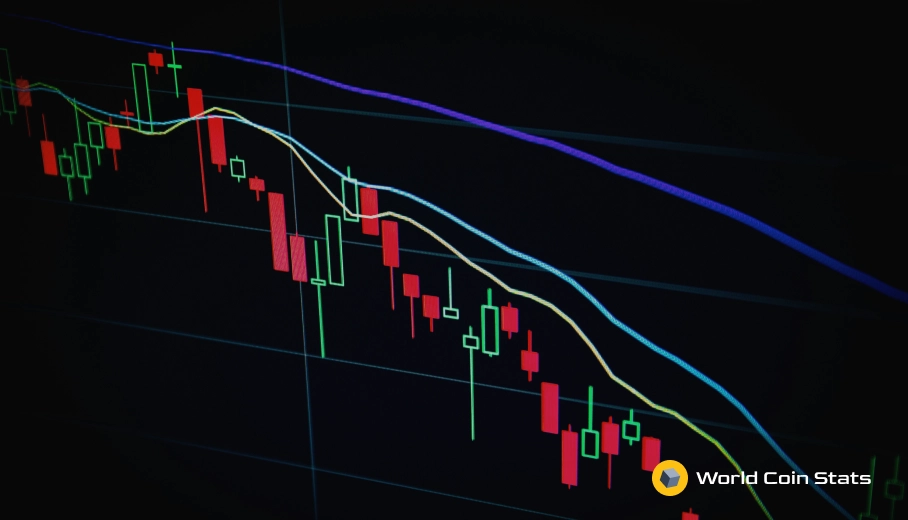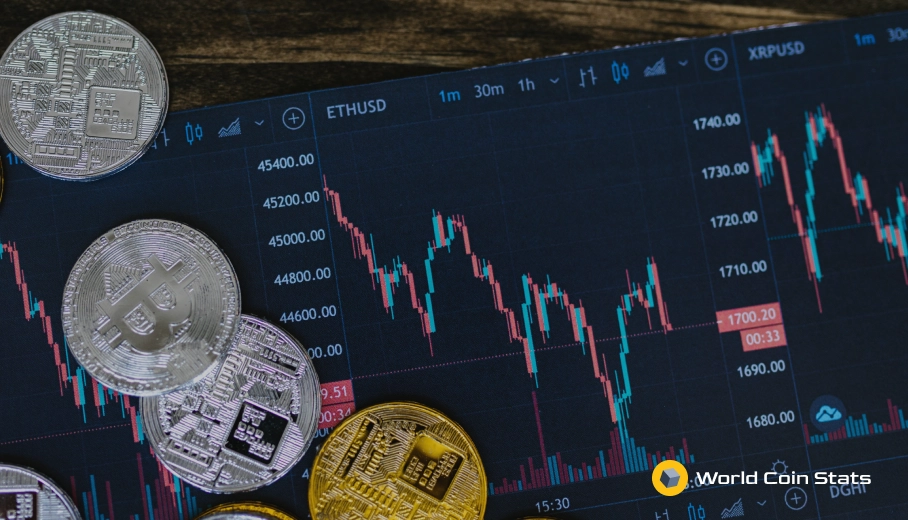First BSC, Then Polygon… Avalanche Next?
Ethereum has suffered from high transaction fees and slow transaction times for years. This problem has only been exacerbated by the popularity of decentralized finance (DeFi). But this is the technology space, problems in technology always get solved at some point and a congested Ethereum network has seen many solutions pop up over the past year.
With that in mind, this article will specifically discuss Avalanche in relation to two of the more popular Ethereum mainnet alternatives – Binance Smart Chain and Polygon.
Binance Smart Chain (BSC)
The first Ethereum alternative appeared on September 1, 2020 with the release of the Binance Smart Chain on Binance Chain. Basically, Binance Chain already existed as an independent blockchain that had no smart contract capability and not much use overall.
This changed when Binance decided to release BSC as a parallel blockchain that had the capability to run smart contracts and allow staking of Binance Token (BNB). Of course, running smart contracts also means that developers can write and release decentralized apps on BSC.
We know, it might sound bad having a decentralized blockchain run by a centralized exchange, but that did not appear to impact the amount of users that decided to utilize BSC. How do we know this?
At the peak of DeFi in May, the total value locked (TVL) on BSC was over $40 billion USD. That means that all the money floating around the BSC is equal to $40 billion USD. A large chunk of that (~35%) was staked BNB, which is impressive.
Why BSC Became So Popular?
BSC became so popular for the same reason that Sushiswap became popular – users just followed yield.
Well, the Binance Smart Chain itself does not have yield for users to follow. Instead, a lot of smaller investors moved to BSC because the transaction fees on it are so low. The fees on it often fall below one cent.
BSC also has a fairly comprehensive ecosystem with decentralized exchanges and some cryptocurrencies on the blockchain.
But it’s mostly about the low fees. Ethereum fees are so high that it’s not even profitable for small time investors to use it for DeFi purposes.
Will BSC Kill Ethereum?
No, BSC will probably not kill Ethereum. Ethereum obviously has some problems with fees and transaction fees. However, those problems will be solved with the release of Ethereum 2.0, which is scheduled for release at the end of 2021.
Further complicating matters is the fact that Binance Smart Chain is not really decentralized as Binance controls most of the nodes. Binance also runs the blockchain at the end of the day, and that is not an ideal situation for anything that claims to be decentralized.
So, BSC is an interesting project that has taken some market share from Ethereum, but BSC is not a viable long term solution due to centralization concerns. This brings us to the next Ethereum alternative to emerge in the DeFi era.
Polygon
Polygon, formerly known as Matic Network, is a layer 2 solution built on the Ethereum blockchain.
In a way, it’s basically the same as BSC, but it’s decentralized instead of centralized.
Of course, there are more differences than just that, but that is a good place to start for a basic understanding of the difference.
Why Polygon Became Popular?
Polygon became popular for the same reason that BSC and other layer 2 solutions became popular.
The fees on Polygon are around $0.0001 USD, which is effectively free. The only downside of Polygon is that users still must pay an Ethereum transaction fee to transfer coins onto and off of Polygon.
Fortunately, that is the only high fee that must be paid on Polygon.
Even better is that Polygon actually has a lot of dApps on it. This makes it actually useful compared to other layer 2s that don’t have that many dApps on them.
Will Polygon Kill Ethereum?
No, Polygon will not kill Ethereum because Polygon exists on the Ethereum blockchain. However, it does seem probable that layer 2 solutions like Polygon will become increasingly popular compared to the Ethereum mainnet.
This trend might even continue after Ethereum 2.0 is released because that will make Polygon even faster.
Avalanche Explained
Avalanche (AVAX) has been around since September 2020 when it raised $~40 million in a token sale. Like many blockchains, it was launched to be a direct competitor with Ethereum. It does a few things right, which makes it promising. But it also does some things terribly wrong that make many question the viability of the project.
Here’s What AVAX Does Right
As we mentioned, AVAX does a lot of things right compared to Ethereum and other competitors. This makes it a promising solution and has led many to declare that Avalanche (AVAX) could become the next BSC. Here are some of those things that it does right:
Proof of Stake
Proof of stake consensus model is not what we would call innovative because there are a lot of blockchains using this consensus model. However, proof of stake is still the future, so it stands to reason that any blockchain with a PoS consensus model is better than one with a proof of work consensus model.
Ethereum Virtual Machine
AVAX is hooked into the Ethereum Virtual Machine (EVM). For those that don’t know, this means that AVAX can run Ethereum smart contracts and is compatible with the Ethereum blockchain.
In other words, this means that users can trade Ethereum based tokens and Avalanche based tokens on decentralized exchanges on Avalanche like Pangolin.
This is huge, and it gets even better.
Interoperability
Avalanche is not only compatible with the Ethereum Virtual Machine.
It is compatible with any virtual machine because developers can launch their own custom blockchain with any virtual machine. The most popular choice is obviously Ethereum, but Bitcoin also works.
This opens up a lot of opportunity for Avalanche to be used as a layer 2 for not only Ethereum but other blockchains. For instance, Avalanche could be used as a sort of layer 2 for Bitcoin to turn it into a better payment currency.
High Transactions Per Second
Avalanche can process approximately 4,500 transactions per second. Bitcoin process about 7 transactions per second and Ethereum can process ~15 transactions per second.
As you can see by that comparison, Avalanche is much faster than its main competitor Ethereum. And it’s even faster than the centralized alternative – Visa.
Low Validator Requirements
The validator requirements on Avalanche are also low, which is a good thing as this increases decentralization.
The requirements to become a validator are low at only 2,000 AVAX tokens. This has a total cost of $24,000 at the current price.
Now, the low validator requirements are a bit deceptive due to how the token distribution works. But we will cover that in a later section.
The Problems With Avalanche
So, Avalanche does sound promising on paper, but it has some team problems that make it very questionable for long term viability. These problems tend to get overlooked due to the general appeal of the blockchain, but they are still worth considering because team problems have the potential to kill otherwise good projects.
Developers Hid a Double Spend
The major problem with Avalanche is that a double spend, actually a random minting of AVAX, occurred on the blockchain.
The developers allegedly tried to cover up this problem when they were first made aware of it by editing the transaction history on the blockchain explorer. They then banned users on Telegram and Discord when they brought the double spend to the attention of the community.
Eventually, the rumors became too much and the developers had to come out and admit there was a double spend, which is obviously bad.
For one, a double spend on a blockchain is a major red mark for a project. That is a major problem and does have the potential to destroy the entire reputation of the blockchain.
Fortunately, that did not happen to Avalanche. But the developers covering up the problem when it first occurred is still not a good look.
To summarize, bad decision making from the team to not be forthright with a technical problem is a bad sign. Thankfully, this issue only occurred once and the team hopefully has learned from their mistake.
Bad Token Distribution
Another issue we do not like with Avalanche is the terrible token distribution. 80% of tokens went to developers, whales, and friends by something called a “pre-mine.” The rest of the coins were used for fundraising.
For those unaware, a “pre-mine” is a fancy way to say the developers printed coins at the beginning for themselves.
There are two problems with a pre-mine like this. The big problem is that ownership of the coins falls into the hands of a relatively low amount of wallets.
That is aggravating because dumps can occur at any time.
Sadly, it’s actually a security risk with a proof of stake (PoS) cryptocurrency because whales can actually control the blockchain by picking and choosing what makes it to the blockchain. This is a way to make a seemingly decentralized blockchain actually centralized.
Not Sharded
Avalanche does not use sharding to break up the blockchain. Most other blockchains are moving towards sharding because, well, it’s a more efficient system. Instead, Avalanche is using a three blockchain system to maximize efficiency. The three blockchains are the Exchange Chain, Platform Chain, and Contract Chain.
The Exchange Chain hosts the transfer of assets, the Platform Chain controls metadata and allows the creation of other subnets (chains), and the Contract Chain hosts all the smart contracts.
Anyway, we consider the lack of sharding a disadvantage because sharding appears more future-proof than this three chain system. Of course, it takes projects offering different solutions to figure out which one is best.
With that in mind, if Avalanche’s approach to blockchain works, then you should expect other blockchains to adopt it.
Will Avalanche Surpass BSC and Polygon?
Obviously, we do not know the future. But BSC and Polygon have two major advantages over Avalanche.
BSC has the support of Binance and a large ecosystem on the chain with many coins and a popular exchange (PancakeSwap).
Polygon has the advantage of being an actual layer 2 on Ethereum that has received a lot of support from Ethereum developers.
BSC and Polygon both also have the advantage of being around a little longer than Avalanche.
Finally, the team behind Avalanche is not the best team in our opinion.
With all that in mind, Avalanche will likely see some level of success simply because Ethereum has such a big problem with gas. But we do not really see it as a project that will surpass BSC or Polygon.
It is also very unlikely that Avalanche will pass Ethereum.
Is AVAX a Good Investment?
We know that Avalanche has some problems with the team and the token distribution. But it still offers good enough technology and a unique take on the scalability problem.
This makes it an interesting small time investment. Either the project works out great or it dies a slow death. Sadly, Avalanche has already seen a lot of growth, so the first major wave was missed.
But there is still plenty of opportunity depending on the way that Ethereum moves with reducing gas fees with EIP-1559 and Ethereum 2.0.
Closing Thoughts
That covers it for BSC, Polygon, and Avalanche. Of those three options, Polygon is the best one because it has all the decentralization positives of Ethereum with extremely low fees that Ethereum has not been able to achieve.
Avalanche is still a good option with promising technology. Just don’t expect to see it have the same level of success as BSC and Polygon due to timing issues and gas fees on Ethereum being much lower than when BSC and Polygon were released and became popular.




